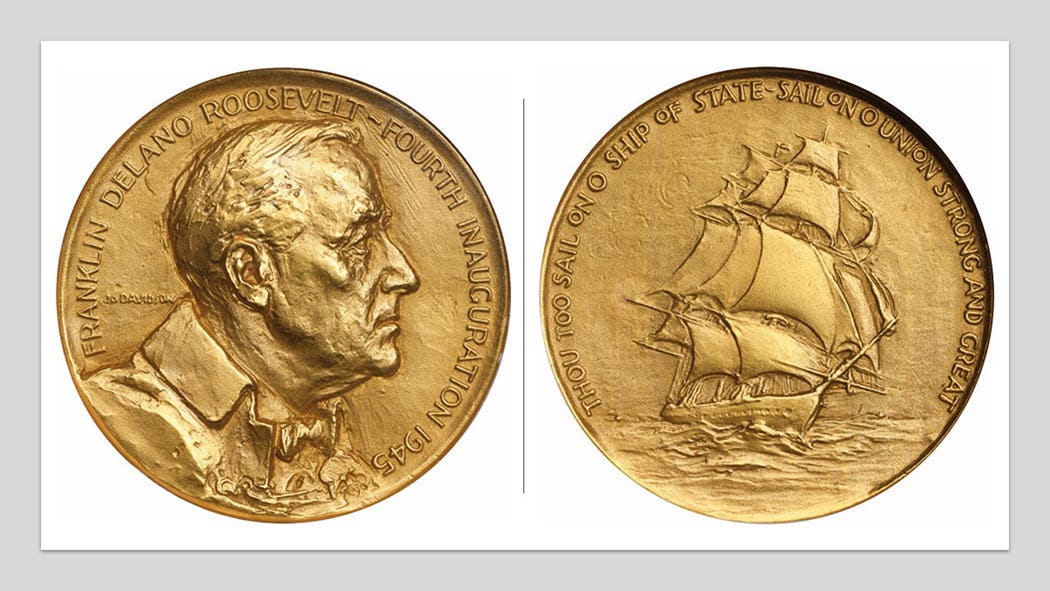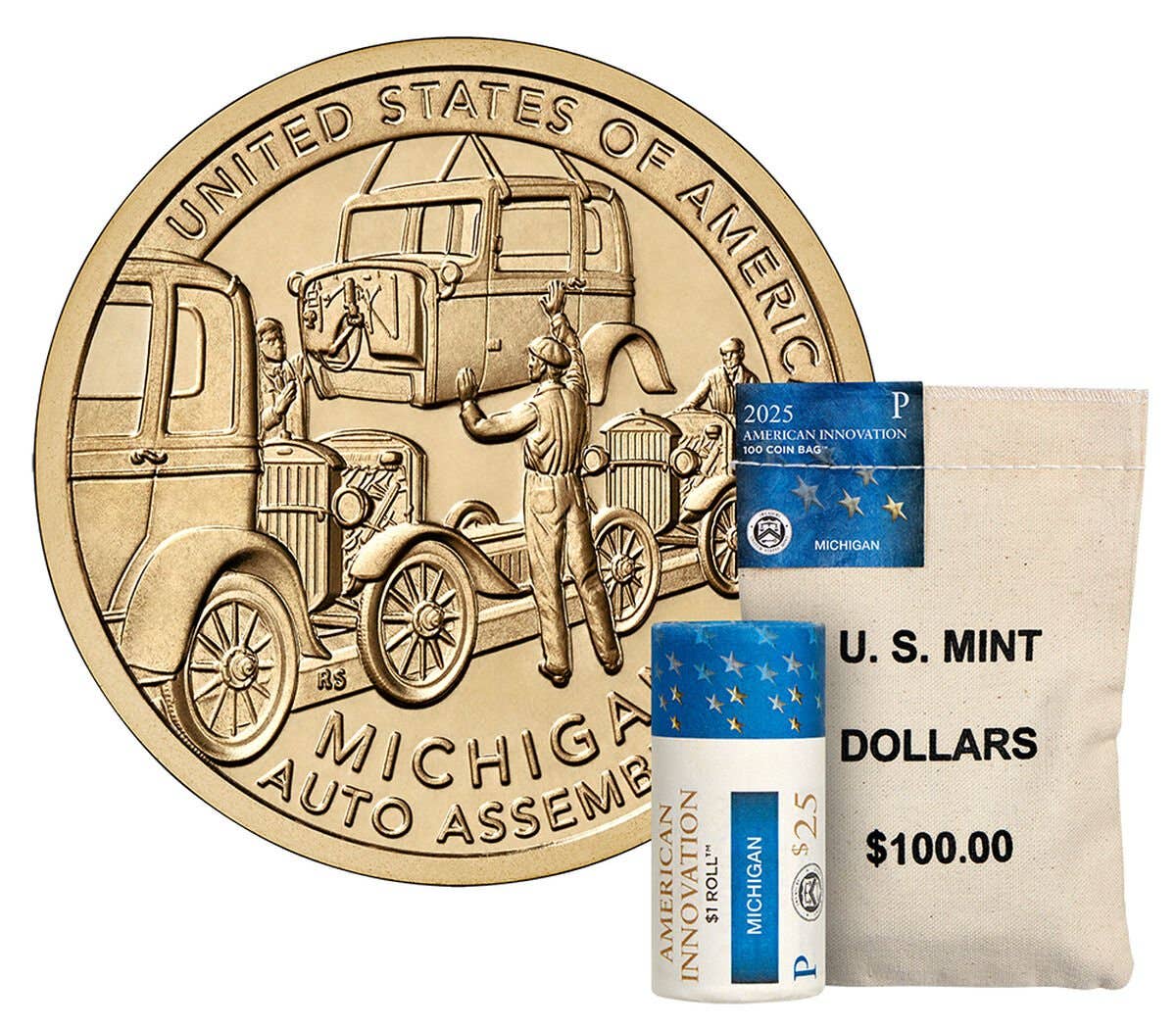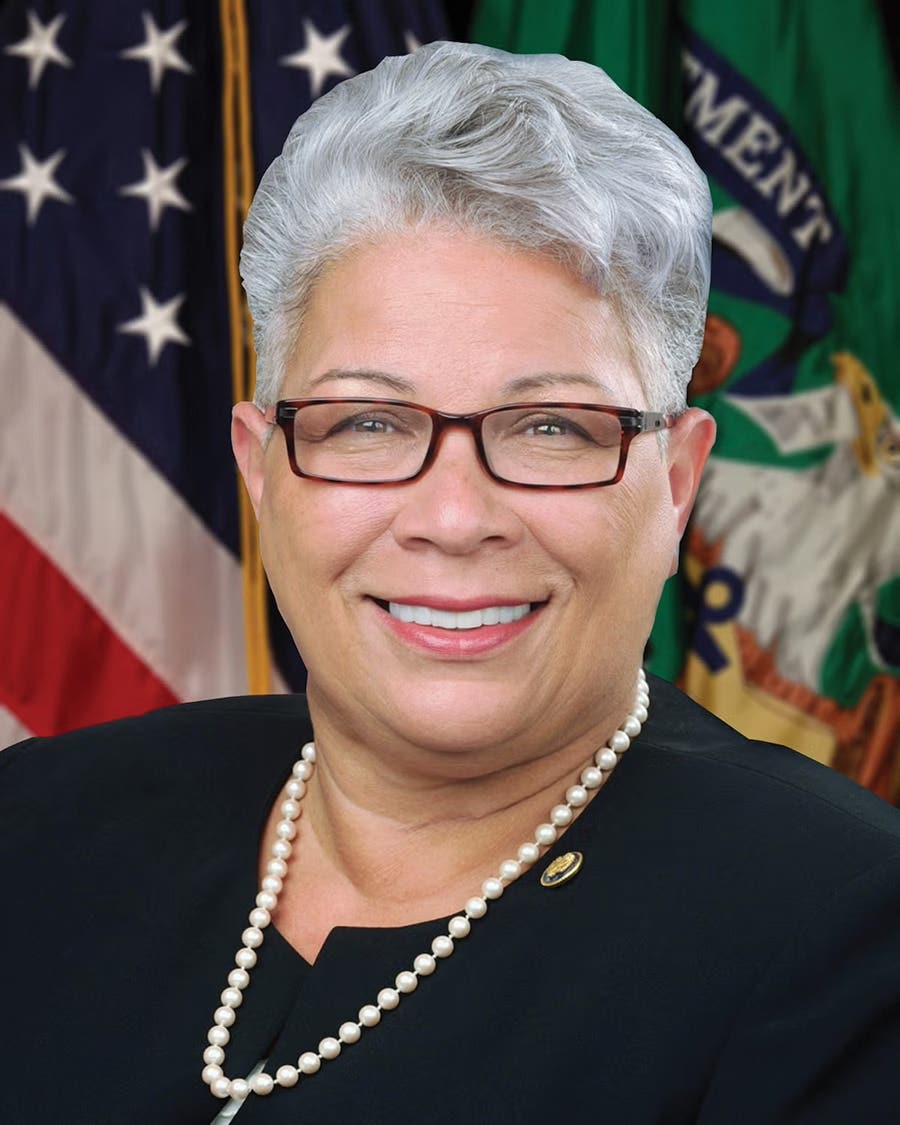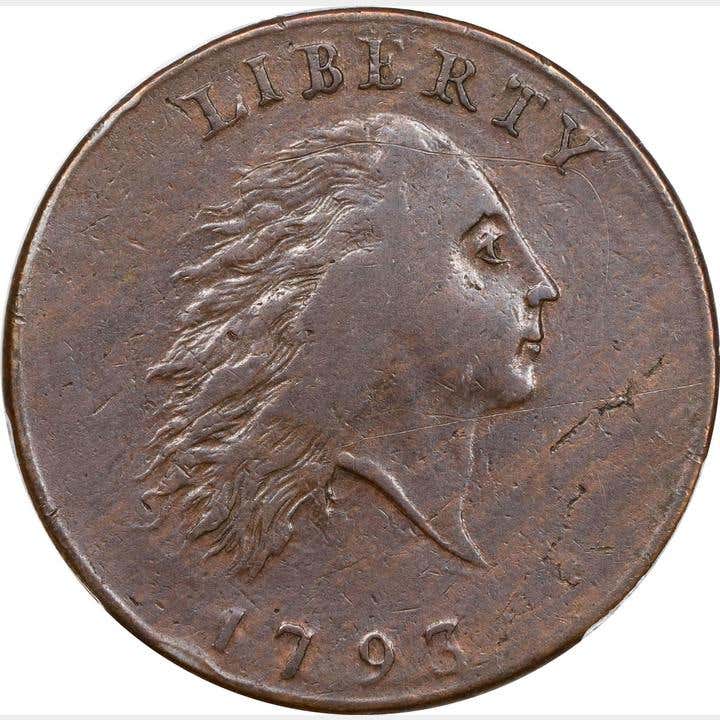Coin Clinic: Has the U.S. Ever Restruck Coins of Another Country?
There are now services that will “conserve” my problem coins. What is the difference between their conserving my coins and someone else cleaning them? The principle goal of conserving a…
There are now services that will “conserve” my problem coins. What is the difference between their conserving my coins and someone else cleaning them?
The principle goal of conserving a coin is to remove any detrimental materials from the surfaces while protecting the surface originality. A coin that has been cleaned may have contaminants removed, however, the surface is no longer original.
I have been having a terrible time trying to find some specific recent foreign commemorative coins from some third world countries on the secondary market. Any suggestions?
One word – persistence. While commemorative coins of countries in which collectors are very active may be regularly available in secondary markets, there are many commemoratives of less active countries in which such commemoratives become a flash in the pan. In many of these countries, coins are offered by their mint or distributor for a period of time, the unsold examples later melted and re-coined into the next planned issue.
Restrikes of the Austrian Maria Theresa talers have been produced at several mints outside Austria. Has the United States ever re-struck coins of another country?
The U.S. Mint at San Francisco re-struck 2 million 1898-MoAM Mexican peso coins in 1949 meant to be sent to China to be paid to National China soldiers fighting the communists. The Mexico City Mint produced another 8.25 million 1898 MoAM peso coins at the same time. Readers: any other foreign coin re-strikes at the U.S. Mint?
How can I identify one of these U.S. Mexican peso coins from the originals and from the Mexico City Mint re-strikes?
The original strikes have 139 beads about the edge. The ‘o’ in the mint mark is level with the top of the M and 1 on the originals, being much higher on the re-strikes. There is some dispute over if the re-strikes have either 131 or 134 beads.
Why do coins continue to carry mint marks? Do mint marks still have a function considering modern quality control?
Mint marks were initially used on coins as a way to know who to blame if coins didn’t meet standards set by the government for whom they were being issued. Since we no longer issue specie coins for circulation, adding a mint mark to our coinage may be more of a tradition than of something functional.
Is there a way to measure eye appeal? I’ve heard third party certification services might be looking into adding this into grades they assign to coins.
Eye appeal is in the eye of the beholder. Regardless of if a third party service was to add their opinion of eye appeal to an encapsulated coin or not, it is only an opinion. The grade assigned to a coin should be an absolute based on the amount of wear or handling on that same coin.








